Introduction to Plant Health and Disease Detection
The introduction of drone technology in the agricultural sector marks a significant shift in how we approach plant health monitoring and disease detection. Equipped with advanced sensors and imaging technologies, drones are revolutionizing traditional farming practices, enabling more efficient crop monitoring, early disease detection, and improved yield management. This technological advancement is a cornerstone of sustainable and precision farming.
Global Food Production and the Impact of Plant Diseases
The Scale of Global Food Production
- Global Demand: The growing population, estimated to reach 10 billion by 2050, is significantly increasing food demand.
- Crop Diversity: A wide range of crops, including staples like rice, wheat, and maize, caters to diverse dietary needs.
- Technological Advances: The incorporation of technology in agriculture has led to improved crop varieties and enhanced farming techniques.
The Devastating Impact of Plant Diseases
- Yield Losses: Plant diseases are responsible for up to 40% of global crop yield losses annually.
- Economic Impact: These losses have a profound economic impact, especially in agriculturally dependent countries.
- Food Security: Plant diseases pose a direct threat to food security, particularly in areas with limited access to effective disease management.
- Environmental Concerns: The excessive use of pesticides contributes to environmental issues like biodiversity loss and pollution.
Adapting Agricultural Practices to Combat Plant Diseases
- Disease Management: Employing strategies such as crop rotation, using resistant varieties, and integrated pest management is crucial.
- Research and Development: Ongoing research is essential for developing disease-resistant crops and understanding plant-pathogen dynamics.
- Policy and Regulation: Governmental policies and international regulations are key in promoting safe and sustainable agricultural practices.
Plant Health and ‘Chlorosis’: Insights into Plant Responses
The phenomenon of chlorosis, where chlorophyll retreats to the stem in stressed plants, leads to the yellowing of leaves. This process is an adaptive response to stressors like environmental factors, diseases, or nutrient deficiencies.
Key Concepts in Plant Response
- Chlorosis: Often a result of factors such as nutrient deficiencies or disease.
- Senescence: Stress can accelerate the aging and breakdown of chlorophyll in plant parts.
- Resource Reallocation: Plants reallocate resources, including chlorophyll, to vital structures under stress.
- Photoprotection and Photoinhibition: These mechanisms protect the plant from light-induced damage.
- Abiotic Stress Response: Plants undergo various changes in response to non-living stress factors like drought and extreme temperatures.
Delving Deeper into Plant Stress Responses
- Types of Stress: Plants face stress from sources like drought, temperature extremes, and pathogen attacks.
- Chlorophyll Function: Crucial for photosynthesis, converting carbon dioxide and water into glucose.
- Chlorophyll Retreatment Process: Involves stress signals, chlorophyll degradation, and resource reallocation to essential plant parts.
Understanding the Process's Significance
- Survival Strategy: Chlorophyll retreat to the stem is a critical survival mechanism under adverse conditions.
- Health Indicator: The redistribution of chlorophyll is a clear visual indicator of plant stress or disease.
Techniques for Detection and Monitoring
- Visual Observation: Changes in leaf color are often the first sign of plant stress.
- Advanced Technologies: Remote sensing and chlorophyll fluorescence are key in early stress detection.
Conclusion
The adaptive response of plants, particularly the retreat of chlorophyll to the stem under stress, showcases their resilience and survival strategies. Understanding these responses is vital for effective plant health management in agriculture and horticulture. Early detection and timely intervention can help mitigate the impacts of stress and promote plant recovery, contributing to more sustainable agricultural practices.

